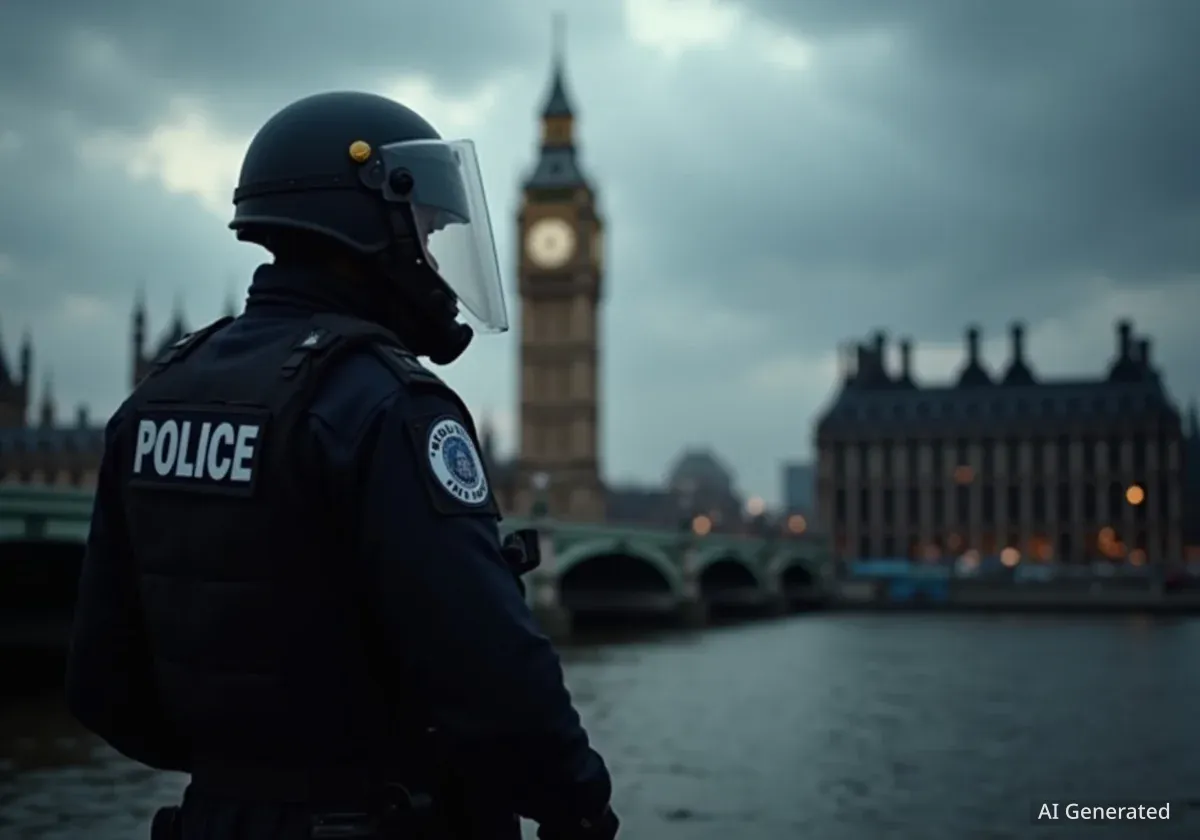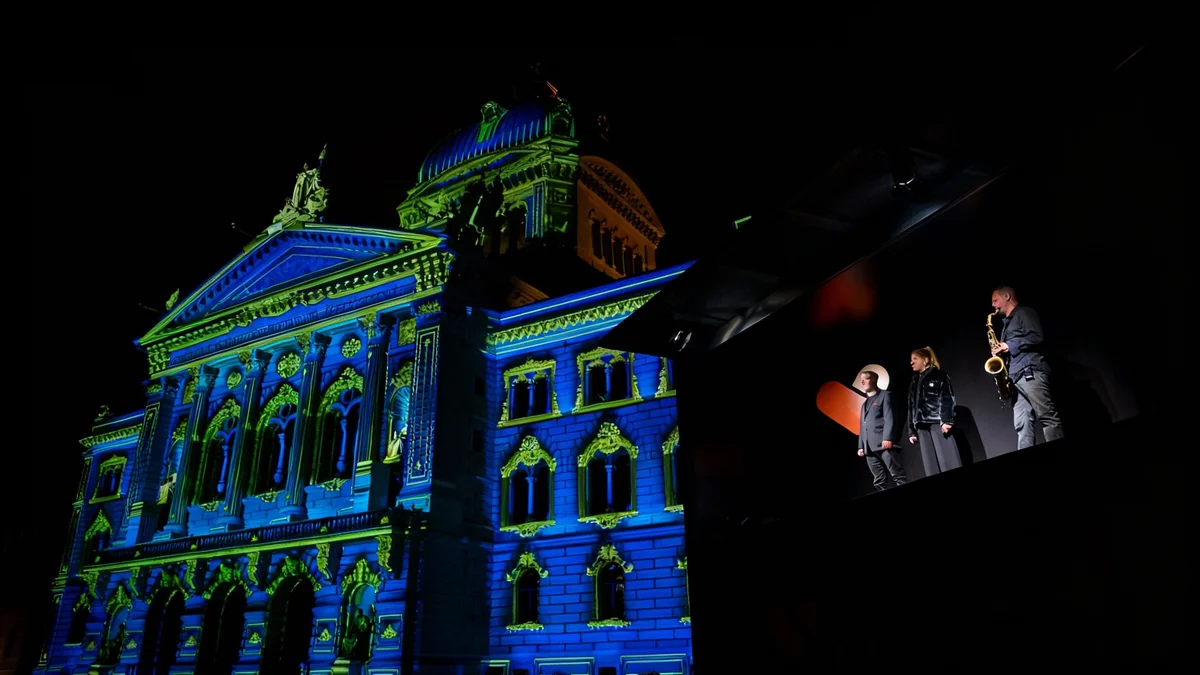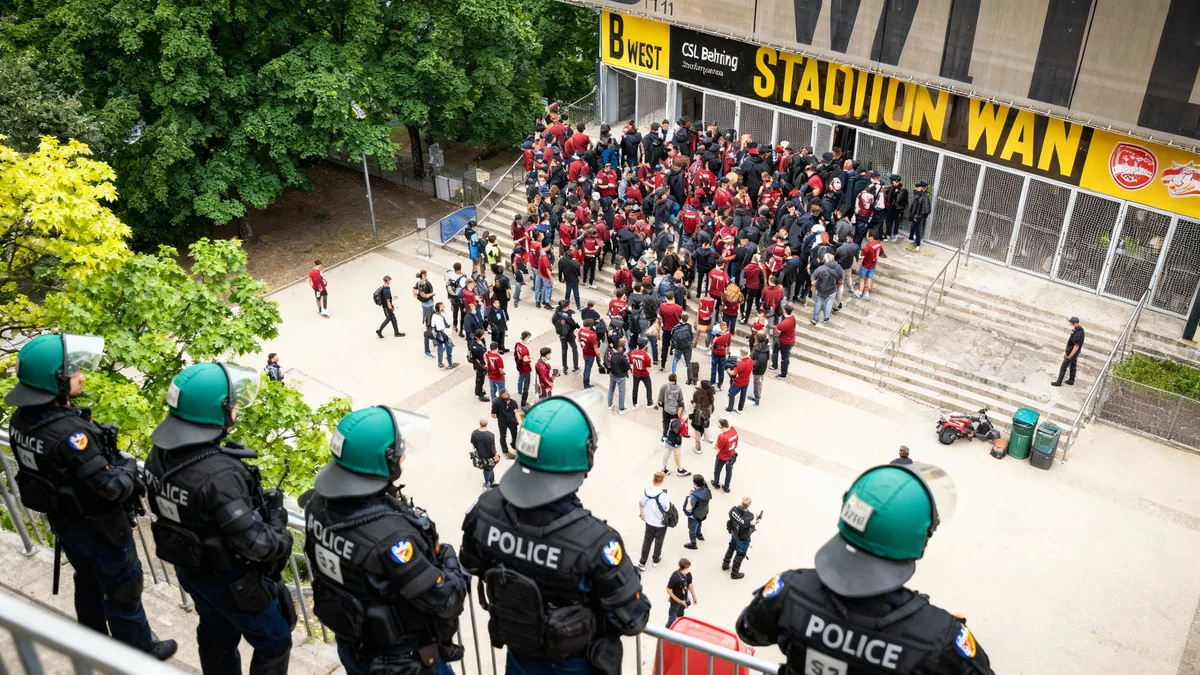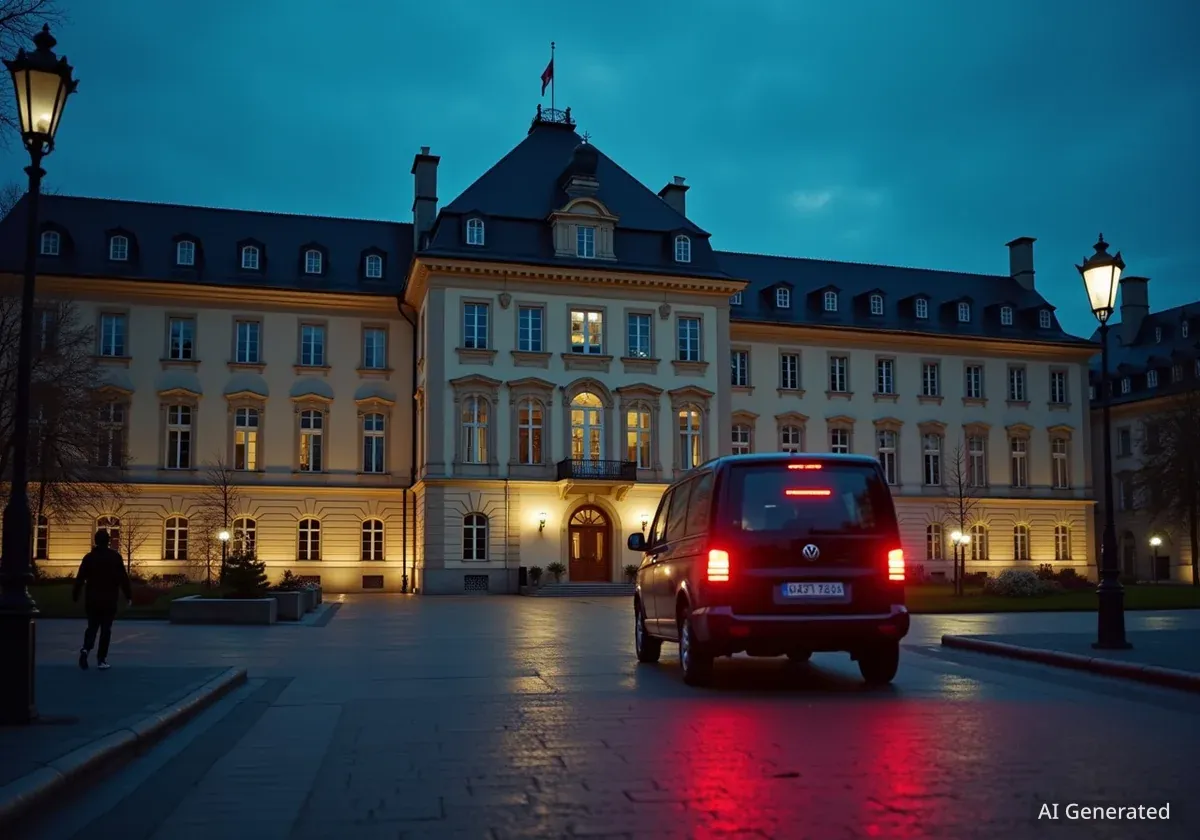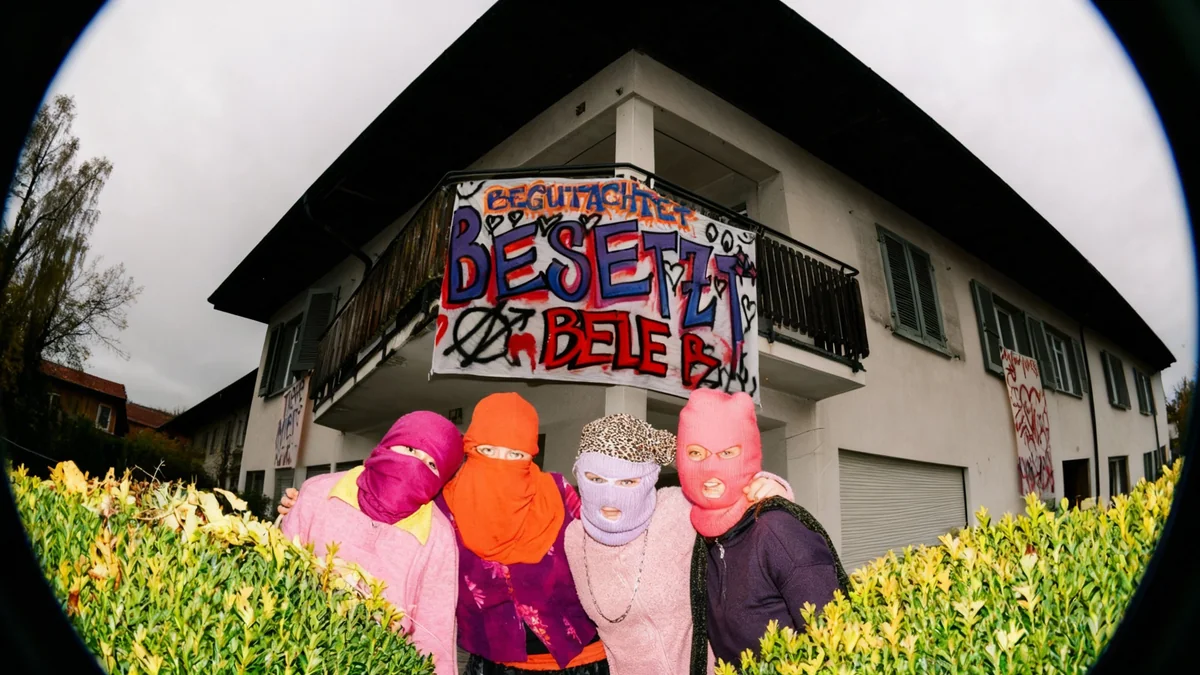Bern experienced some of its most severe unrest in years during a recent demonstration, sparking a heated political debate on public safety, protest regulations, and the role of law enforcement. The aftermath has left city officials and residents grappling with questions about preventing future violence and balancing the right to protest with the need for order.
Key Takeaways
- Recent Bern demonstration resulted in significant violence and multiple injuries.
- Political leaders disagree on police tactics and protest permit requirements.
- Calls for stricter monitoring of extremist groups and potential legal reforms are emerging.
- Concerns about balancing democratic rights with public safety remain central to the discussion.
Bern Confronts Aftermath of Violent Demonstration
Ten days ago, a demonstration in Bern escalated into severe clashes, marking some of the worst unrest the city has seen in years. The events left 18 police officers injured and sparked widespread condemnation. Authorities detained over 500 individuals during the incident.
The violence has ignited a sharp political discussion. National Councillor Reto Nause of Die Mitte expressed deep anger, citing serious crimes like assault, arson, and attempted homicide. He described the situation as alarming, emphasizing the unprecedented nature of such grave incidents in Bern.
Fact Check
- Injuries: 18 police officers sustained injuries during the demonstration.
- Detentions: Over 500 individuals were detained by authorities.
- Allegations: Crimes included assault, arson, and attempted homicide.
Lea Bill, City Councillor and co-faction leader of the Green Alliance, acknowledged the lasting political impact of the protest. She noted that discussions are already underway regarding increased surveillance of left-wing individuals by intelligence services and a potential ban on Antifa. Bill expressed solidarity with the goals of the Palestine demonstrations but disagreed with the protest's initial call, which used Hamas-related language.
Police Response and Public Order: A Divided View
The effectiveness of the police response and current protest regulations are central to the debate. Councillor Bill, who was present at the demonstration, described the situation as rapidly chaotic and overcrowded. She questioned whether the escalation could have been prevented, despite the significant police presence.
According to Bill, the police encirclement in Schauplatzgasse was only partially successful. It affected many uninvolved individuals, while the actual rioters often escaped capture. She highlighted the confusion on the ground, making it difficult for people to follow police instructions.
"In a democracy, it must be possible to demonstrate – that is a human right," Lea Bill stated, emphasizing the fundamental nature of protest.
Conversely, National Councillor Nause sharply criticized Bill's assessment. He argued that uninvolved participants often form a human shield, enabling violent acts. Nause asserted that the police operation was correct and decisive. He advocated for harsh convictions for those involved, stating that anyone who remained at the scene despite police warnings was complicit.
Background on Protest Laws
Bern's current regulations for public gatherings require permits for demonstrations. Unsanctioned protests often lead to increased tensions and a higher risk of clashes. The debate now focuses on whether these regulations need revision to prevent future violence.
Nause called for Bern to revise its assembly regulations. He proposed criminalizing participation in unauthorized events. He also noted that many of the 500 detained individuals traveled from across Switzerland with materials suggesting an intent to cause unrest. This, he argued, justified the police's robust response.
The Role of Unauthorized Demonstrations
The discussion also focused on whether the unauthorized nature of the protest inherently led to violence. Councillor Bill acknowledged anticipating potential issues due to the use of antisemitic language and organizers refusing contact with city authorities. However, she maintained that joining an unauthorized demonstration does not automatically equate to criminal activity.
Bill pointed out that a large majority of attendees simply wanted to draw attention to the situation in Gaza. Many were unable to leave due to the sheer number of people. She suggested that previous solidarity rallies had seen confrontations, leading some to expect a similar, contained situation this time.
National Councillor Nause strongly disagreed. He stated that severe excesses typically occur during unauthorized demonstrations. He explained that permits allow for agreements with organizers, which usually prevent outbreaks of violence. Nause presented evidence, including video material, suggesting that the recent violence was premeditated, with direct confrontation with the police explicitly sought.
Key Data Points
- Travel: Many detained individuals traveled from different parts of Switzerland.
- Premeditation: Evidence suggests some participants intended to cause unrest.
Both politicians agreed that the violent rioters, numbering in the hundreds, were distinct from the thousands of other participants. Nause advocated for identifying these individuals and prosecuting them. He also proposed preventive measures, including surveillance. He personally suggested allowing police to use facial and movement recognition software during such operations to simplify identification, a practice currently prohibited.
Councillor Bill strongly opposed the use of such surveillance technology, stating, "Here we are no longer in agreement."
Future Measures and Democratic Rights
The debate extended to potential future measures and their impact on democratic rights. Nause expressed frustration that similar outbreaks of violence consistently involve the same groups. He believes identifying the ringleaders would lead to a more peaceful future for Bern, better preserving the legitimate right to demonstrate.
"If someone destroys democracy, it is those circles who rioted on the streets of Bern," Reto Nause asserted, laying blame on the violent elements.
Councillor Bill condemned the injuries to police officers and demonstrators alike, calling violence unacceptable. She also addressed criticism directed at the left, particularly the Young Alternative (JA!), which supported the protest. Bill clarified that the Green Alliance did not call for the demonstration and that JA! is not its youth party.
She emphasized the need to tolerate the simultaneous realities: the presence of rioters alongside thousands expressing legitimate solidarity. Bill criticized the right's immediate response as solely repressive, advocating for more bans and surveillance. She argued against what she termed a "Trump-like" approach of broad surveillance, warning of authoritarian and anti-democratic dangers.
Nause intends to introduce a motion to loosen the law concerning the Federal Intelligence Service. He believes a legal loophole prevents effective surveillance of violent extremism, such as phone monitoring. He underscored the gravity of the situation, stating, "We can consider ourselves lucky that there were no deaths in Bern on Saturday." He clarified that surveillance should target leaders of movements, not hundreds of ordinary citizens.
Looking Ahead to Future Protests
A similar demonstration is planned for November in Bern. Councillor Bill believes the city is on the right path by sometimes allowing unauthorized protests to proceed, focusing on proportionality rather than immediate harshness. She also called for self-criticism within the protest movement itself.
National Councillor Nause hopes the upcoming protest will either be withdrawn or a permit will be sought. He warned that if it proceeds without authorization, the outcome is predictable. He also highlighted Bern's significant challenge with violent extremism, noting a volatile mix of local and French-speaking Swiss extremist scenes, particularly militant on the Gaza issue.
Councillor Bill acknowledged the condemnation of violent acts but countered the narrative that extremism is continually worsening. She pointed to the global rise of right-wing, anti-democratic forces as the true danger, suggesting a broader context for the city's challenges.
